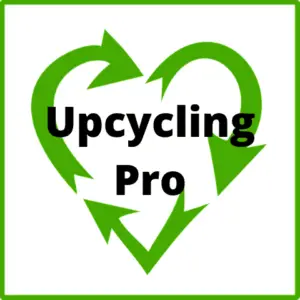Cardboard recycling is an important step towards a more sustainable future. Recycling not only reduces the amount of waste sent to landfills, but also conserves natural resources and reduces energy consumption. Schools can play a crucial role in promoting sustainability through cardboard recycling. In this article, we discuss the benefits of cardboard recycling for schools and provide some tips on how to implement a successful recycling program.
Benefits of Cardboard Recycling for Schools
Implementing a cardboard recycling program in schools can have several benefits. Here are some of them:
Environmental Benefits
Recycling cardboard can help reduce the amount of waste sent to landfills, which reduces greenhouse gas emissions and conserves natural resources. According to the Environmental Protection Agency, recycling one ton of cardboard can save 46 gallons of oil, 17 trees, and 7,000 gallons of water. By recycling cardboard, schools can contribute to a cleaner environment and a healthier planet.
Educational Benefits
Implementing a cardboard recycling program in schools can provide an opportunity for students to learn about sustainability and the importance of recycling. Students can learn about the environmental impact of waste and the benefits of recycling. Recycling can also teach them about teamwork, responsibility, and leadership.
Economic Benefits
Recycling cardboard can save money for schools by reducing waste disposal costs. By recycling, schools can also earn revenue from selling recycled materials. This revenue can be used to fund other school programs or projects.
Tips for Implementing a Successful Cardboard Recycling Program in Schools
Implementing a successful cardboard recycling program in schools requires planning, commitment, and teamwork. Here are some tips on how to do it:
Conduct a Waste Audit
Before implementing a cardboard recycling program, schools should conduct a waste audit to determine the amount of cardboard generated and the current waste management practices. A waste audit can help schools identify areas for improvement and set goals for the recycling program.
Set Clear Goals
Schools should set clear goals for the recycling program, such as the amount of cardboard to be recycled and the timeline for achieving the goals. Clear goals can help motivate students and staff to participate in the program.
Provide Adequate Resources
Schools should provide adequate resources for the recycling program, such as recycling bins, signage, and educational materials. Recycling bins should be placed in convenient locations, such as classrooms, cafeterias, and hallways. Signage can help students and staff identify the recycling bins and understand what materials can be recycled.
Educate Students and Staff
Schools should educate students and staff about the recycling program and the importance of recycling. This can be done through classroom presentations, assemblies, and newsletters. Educational materials, such as posters and brochures, can also be distributed to students and staff.
Monitor and Evaluate the Program
Schools should monitor and evaluate the recycling program to determine its effectiveness and identify areas for improvement. This can be done through regular waste audits, surveys, and feedback from students and staff. The program should be adjusted as needed to ensure its success.
Conclusion
Cardboard recycling is an important step towards a more sustainable future. Schools can play a crucial role in promoting sustainability through cardboard recycling. By implementing a successful cardboard recycling program, schools can contribute to a cleaner environment, provide educational opportunities for students, and save money. With planning, commitment, and teamwork, schools can make a difference in their communities and inspire others to do the same.


